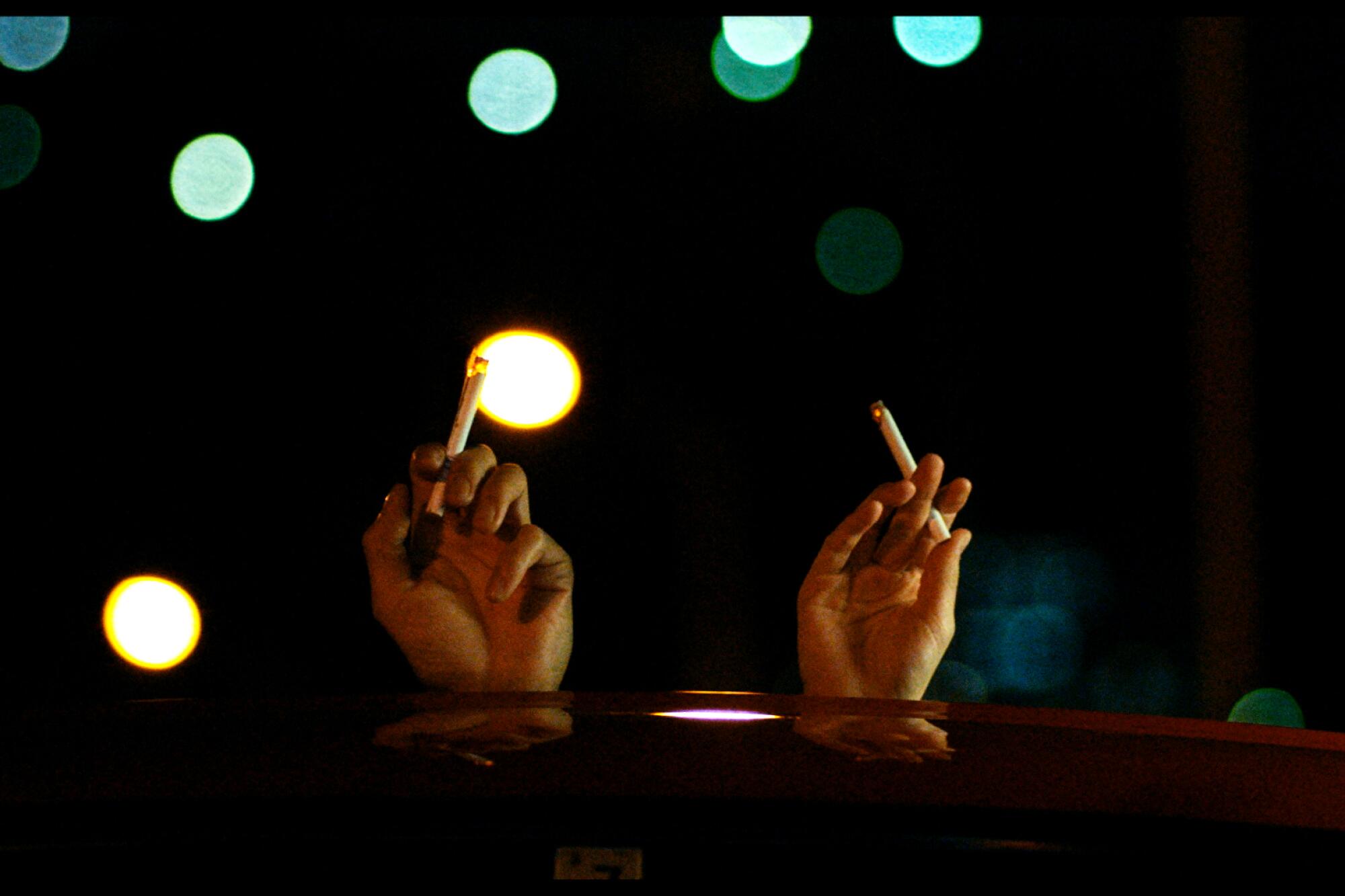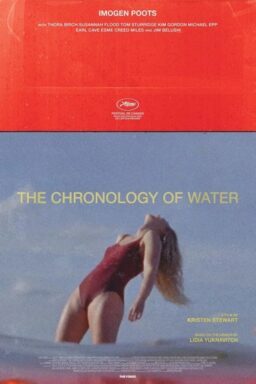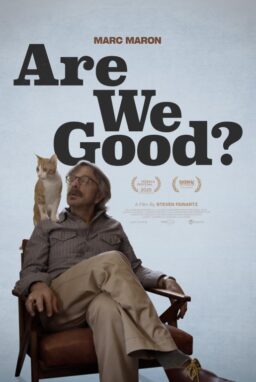There’s a moment in Ryûsuke Hamaguchi’s 2018 film “Asako I & II” that radiates tenderness: Married couple Asako (Erika Karata) and Ryohei (Masahiro Higashide) have just returned home after helping at a fish market. Ryohei, exhausted, lays flat against the wood of the floors. Asako has spent the day watching him as he helped out, taking on more responsibilities and happily driving them the entire ride home. In a moment of domestic intimacy, she kneads the muscles in his back and his feet, loving and quiet in appreciation of the labor and love he exudes.
How we relate to others is a pivotal theme in his films. It’s abundantly clear in his five-hour epic, “Happy Hour,” which gradually depicts four women and their evolving relationships. In “Asako I & II,” we see how two men with the same face can completely change and alter one woman’s outlook on life. One of Hamaguchi’s greatest assets is following the trajectory of one person’s loneliness and how it builds necessary companionship. Yusuke (Hidetoshi Nishijima) and Misaki (Tōko Miura) grieve in “Drive My Car,” but they find one another through it.
Tangible warmth is a fundamental component of many of Hamaguchi’s most notable works. There’s Asako and Ryohei’s domesticity and the easy smiles the latter elicits from the former. There are the two women at the end of “Wheel of Fortune and Fantasy” who strike an unusual bond, amounting to surprising healing. The core friendship in “Happy Hour” undertakes the trials and tribulations of aging, motherhood, and what it means to be a single woman in Japan. The work of Hamaguchi deals with our personal struggles, but the characters’ journeys are always accompanied by some kindred spirit, some similar lost soul, a friendly face. Even in the solitary night drives in “Drive My Car,” or Asako’s open vulnerability in the face of being possibly rejected by Ryohei after her disappearance, there’s always the promise of comfort and healing.

“Evil Does Not Exist” is a drastic pivot for Hamaguchi: he usually deals with how relationships bind us to our humanity, whether platonic or romantic. Relationships are given the time and attention to reveal the inner parts of his subjects — for better or worse. His latest shifts perspective. The focus here isn’t on a group of friends who offer healing or a dynamic that reveals personal insight, like in “Happy Hour” or “Drive My Car.” Instead, with an unassuming, brutalist edge, the film speaks directly to our relationship with nature, and the give and take that forever indebts us to the earth on which we rely.
Little profound human interaction exists in “Evil Does Not Exist,” to the point where, more often than not, nature sets itself up as our primary point of view. From the name alone, we expect the worst: the film delivers tense dissonance with its vibrant blue skies, blood dripping on leaves, and casual gunshots in the background, refusing to let audiences forget the unsettling cadence the story strikes. In an early, pivotal moment, our characters stumble upon the bones of a dead and gutshot fawn — a victim with unsteady legs not yet fully grown, sinking us further under the weight of dread. While Hamaguchi operates in communal spaces, his latest begs the question of what it takes to strip us of our humanity. How much must we suffer before surrendering to the natural instinct to raise our hackles and bare our teeth?
In most of his films, we watch characters transform and grow through the influence of others. “Evil Does Not Exist” plays on this through Takahashi (Ryuji Kosaka), a representative of the encroaching glamping company, as he latches onto Takumi’s (Hitoshi Omika) bucolic lifestyle in a naive and parasitic manner. But it doesn’t take. Instead, the Mizubiki residents are distrustful and wary of any outsiders, rightfully reluctant to change. There’s a profound, effective chilliness in the film that is so far removed from most of his work. While Hamaguchi’s other films certainly play with tone, none are quite so consumed by the frigid nature of his latest.
The chill that touches his past works comes through in his characters’ relationships. Mutual isolation and grief bonds Yūsuke and Misaki in “Drive My Car.” Asako runs away with Baku (Masahiro Higashide) in “Asako I & II.” In the first of three vignettes in “Wheel of Fortune and Fantasy,” a young woman deliberately tries to upset a new relationship. In the second, an unexpected attempt at connection implodes. Yet despite all those dire moments where characters self-destruct and find themselves embattled by their worst instincts, there are moments of startling warmth and friendship that balance the scales. Human nature is messy, Hamaguchi understands this. And it’s through the emotional turmoil of characters, often quiet, that he finds where we connect.

In Hamaguchi’s films, life is an uncertain, unsteady thing. We expect healing and repair, as suggested through the dynamics written in his work, but questions remain about the “how.” “Evil Does Not Exist” leans fully into ambiguity as nature bleeds into humanity, as a hallucinogenic state engulfs the anxiety-inducing third act. The marriage at the center of “Asako I & II” has a chance of repair. The two women at the end of “Wheel of Fortune and Fantasy” find solace in strangers. But how do the characters in Hamaguchi’s latest possibly return to their version of normal? Like the environmental damage suffered, some changes are irreversible.
Instead of finding solace in the comfort of others, the people in “Evil Does Not Exist” tether themselves to the earth. They’re protective of it. They utilize wild wasabi and bird feathers. They split wood to warm their homes. The water that runs through their village is their life force, making the potential development of a new real estate project a genuine threat to their ecosystem. By tying so much of the film to nature and the extremities lacing through it, the film further detaches itself from Hamaguchi’s traditional flavors. Even the loneliest rides in “Drive My Car” had a burgeoning connection as an anchor, two hands drifting through the skylight window. No matter the bodies in the room, “Evil Does Not Exist” exists in a vast vacancy comparatively.
Despite the restraint and the winter cold that engulfs us throughout, “Evil Does Not Exist” is still an emotional experience. It’s just different from what we’ve come to expect from the filmmaker. Here, it’s found in that isolation, the hint of grief in the loss of Takumi’s wife and Hana’s (Ryo Nishikawa) mother. There’s the grief over land abused for easy profit and cut corners. One of the film’s greatest weapons is how it watches nature go by, an unstoppable force, the silent, all-powerful third party. In a particularly jarring moment, we follow the road behind the vehicle as the car drives away, taking its time to reintroduce us to the characters anchoring the story.
But even still, that grief differs from the type felt in “Drive My Car.” Again, at least there, we are engulfed in the ongoing battle of characters finding themselves again. While the characters of Hamaguchi’s other films seek something that tethers them to their homes, relationships, and bodies, those in “Evil Does Not Exist” remain separated even when standing shoulder to shoulder with others.
If his other films promote the necessity of community for the sake of healing, his latest, touched with nihilism, seems to ask if building those relationships is worthwhile if the result is only suffering. In “Evil Does Not Exist,” Hamaguchi pivots from the heart of his stories to something overcome by dread. In contrast, it becomes his most isolated, coldest picture to date. Usually for him, humanity reaps the benefits of shared community and rejuvenation. But “Evil Does Not Exist” speaks to the decimation humanity is capable of and how powerless we are against the laws of nature.











